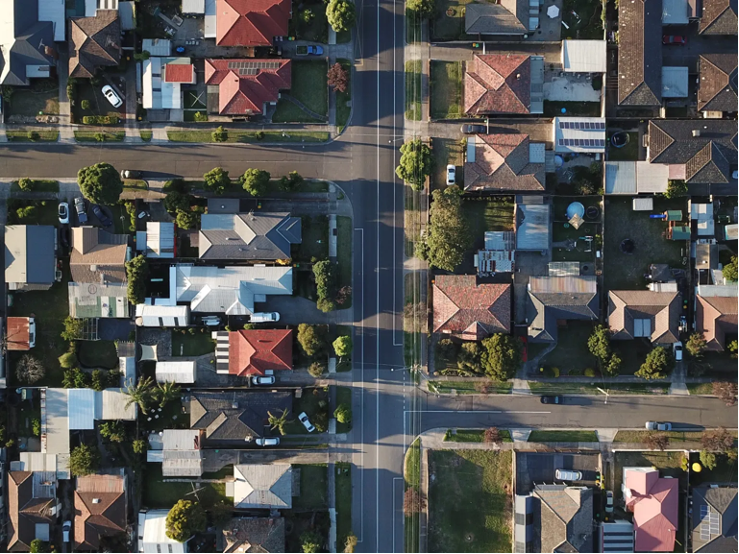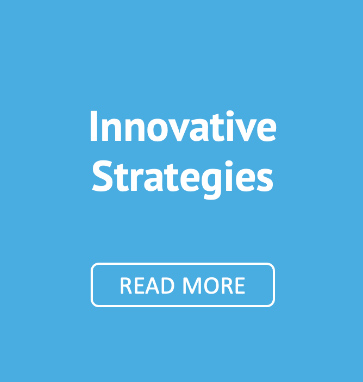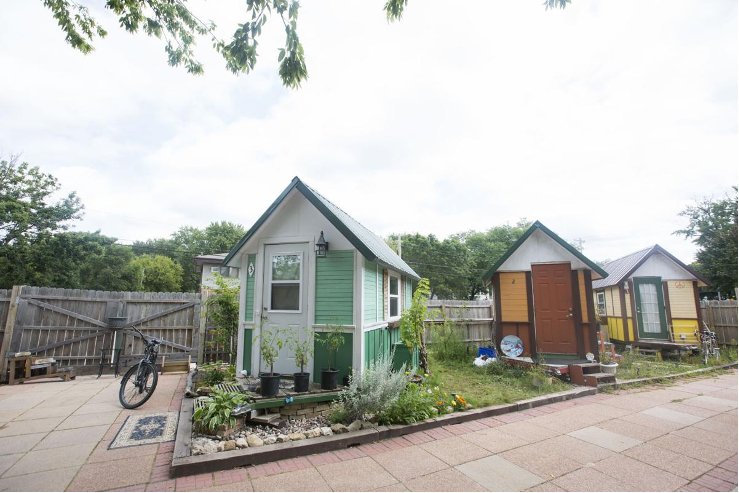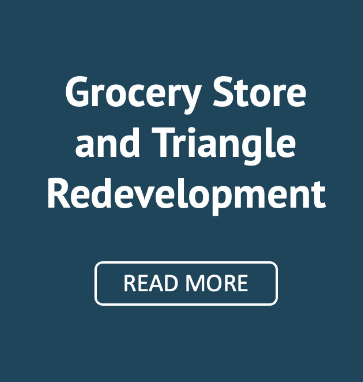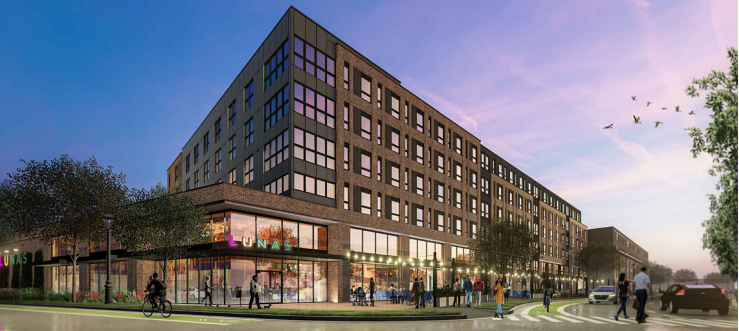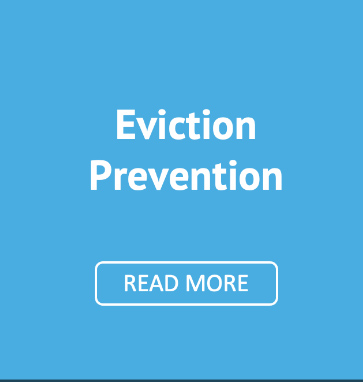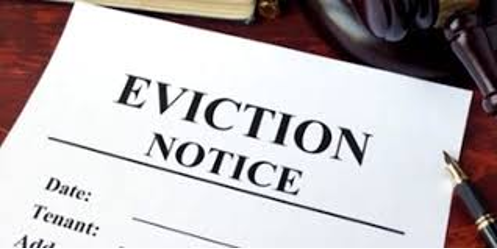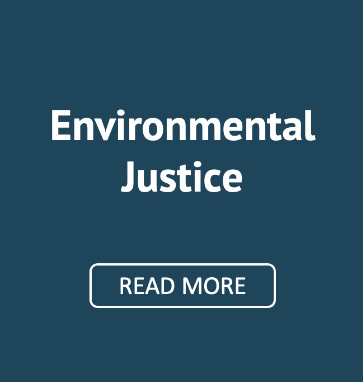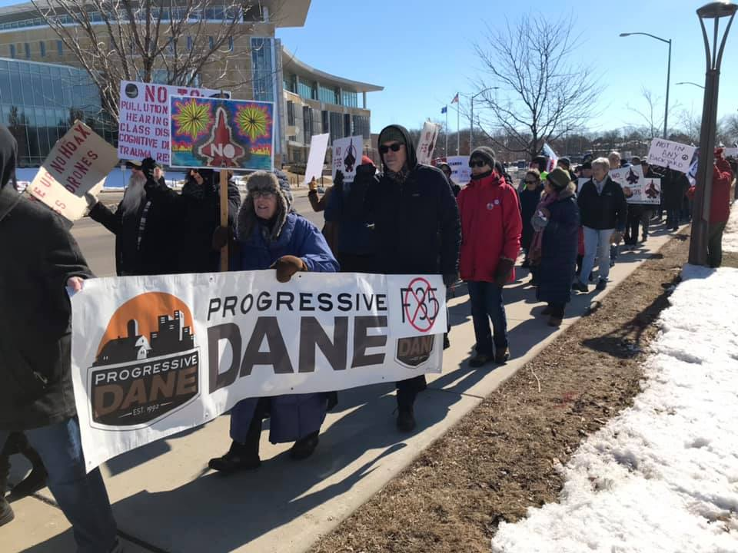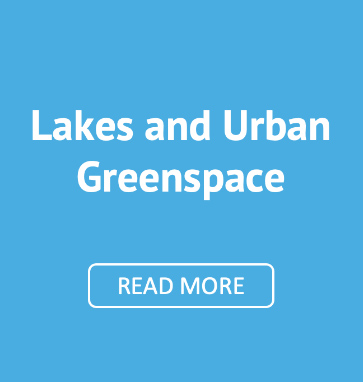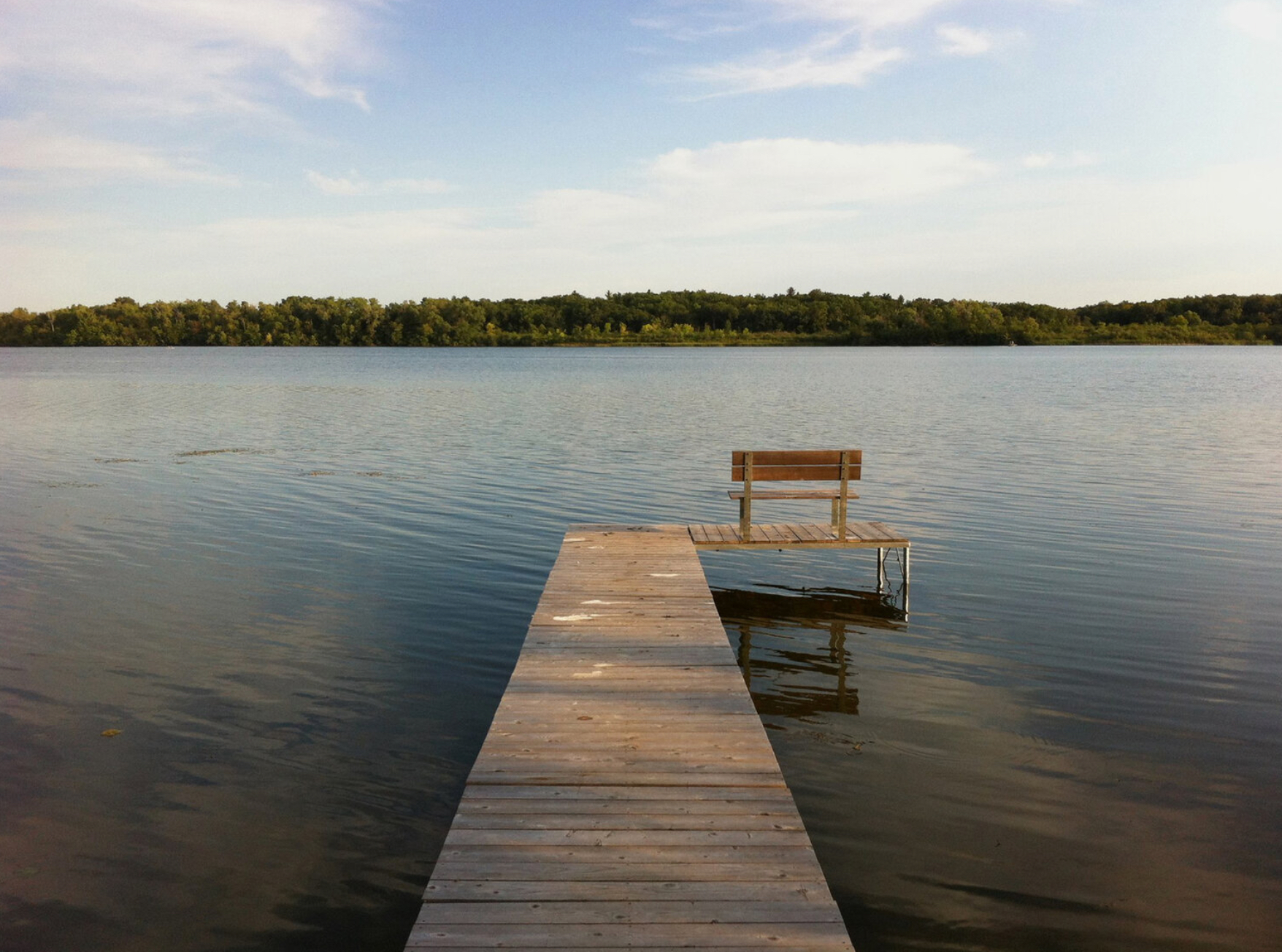The Issues
Before becoming alder, I spent many years as an activist, bringing people together around music and raising money for non-profits. I ran for office believing my skills as an organizer could help us tackle the daunting challenges we face as a city. Upon being elected, I’ve made racial equity, climate justice, and affordable housing my top priorities. I am running for re-election to continue the work I’ve started.
Read more about each of District 13’s top issues below:
Madison Has a Serious Housing Crisis
Since getting elected in 2019, I have made addressing our housing crisis my top priority.
In my first term, I sponsored budget amendments that increased the City’s Affordable Housing Fund by $1 million annually, the first increase since the program’s inception. That work continued in my second and third term as I joined Council colleagues in expanding our efforts to expand affordable housing throughout the City. The Affordable Housing Fund was at $4.5 million when I joined Council in 2019 and we’re now at an average of $16 million, a critical investment to address housing insecurity faced by too many Madison residents.
Our vacancy rates are among the lowest in the country. It’s simple economics — demand exceeds supply, which pushes up the cost of housing for all.
The impact among Black families is most severe, as local leader and health equity advocate Lisa Peyton-Caire stated at the Sustain Dane Summit in 2021:
“Housing insecurity is a real and critical crisis in Dane County right now and one of the big barriers Black women cite as a stressor and destabilizing factor in their lives that impacts their health quality and mental well-being. We are seeing an incredible crisis as women and families struggle to be and stay housed—and we need urgent and effective action.”
Housing is a Human Right
Our goal must be high-quality, safe, fair, accessible and affordable housing for all. We need more housing at all price levels, but we cannot rely on the market alone to get us there. Our challenges are made more complex by the fact we are a capitalist society with roots in white supremacy, one that is currently beset with historic levels of extreme income inequality. Racist policies in Madison’s past, including redlining and restrictive covenants, are contributing factors to our ongoing housing crisis. Just 15% of Black households in Madison own their homes, compared to 52% of white residents.
Read more about solutions and strategies being explored.
Reimagining Public Safety
We have made progress, but more needs to be done. We must continue asking what it is that the police are doing that we no longer want or need them to do, and then identifying who else is best positioned to assume these tasks. It won’t happen all at once. The pace will be too slow for some and too quick for others. At any rate, the result will be to free up MPD to focus on what they’re best equipped to handle.
Healthy communities are safe communities and investments in public health are the key to public safety. In 2021, I hosted the Public Safety Summit to look at long-term solutions to the troubling increase in shots fired and cars stolen. It was then the city and county jointly funded a Violence Prevention Unit within Public Health.
State Street mural. Used with permission from the artist Daniella Echeverria.
We cannot arrest our way out of these problems. We must reinvest in our communities and refund social priorities.
In 2021, we took the first step in shifting resources toward mental health and substance abuse professionals, establishing the Community Alternative Response Emergency Services (CARES) unit within the Madison Fire Department. The effort has grown in succeeding years and we now have three CARES teams in service during peak call hours.
Read more about other solutions and strategies being explored.
Sustainability
I served on the Sustainable Madison Committee (SMC) and assisted in updating the City’s Sustainability Plan, an actionable document adopted in 2024 that will help inform decision-making across city departments and our boards, committees and commissions for years to come.
We have lofty goals to transition all city-owned infrastructure and vehicles to 100% renewable energy and net-zero carbon emissions by the year 2030. The clock is ticking.
I was also a part of a working group including members of Plan Commission and SMC to address our built environment, looking for ways to get around state preemption laws tying our hands with respect to energy efficiency. In March 2023, I worked with the Mayor’s office to adopt the city’s Building Energy Savings Program to improve energy efficiency in large commercial buildings community-wide through energy benchmarking and tune-ups.
Back in 2001, Madison embarked on an ambitious plan to replace all our lead pipes. It took more than a decade and cost nearly $20 million, but we became the first city in the nation to entirely remove this threat to public health. We must be similarly bold in addressing climate change.
I supported the move towards electrification of Metro buses and building up our charging infrastructure for electric vehicles. Using less energy is equally paramount. Reducing vehicle miles traveled (VMT) is critical, and that means more multimodal street design, including safe bike lanes, and more transit-oriented development, new housing projects located in places where people can reside without owning cars.
During my first term, Council made solar easier. The Backyard Solar Grant program expands access to solar power for non-profits and affordable housing providers that serve Madison residents. The initiative was put in place to provide economic and environmental benefits of clean energy to low-income residents and neighborhood organizations.
Read more about other solutions and strategies being explored.
Transportation
We’re on an isthmus and moving people through a tight space is no easy task. Federal funding has favored highway construction over commuter light rail, and the state took away our ability to form a Regional Transit Authority. The good news is Bus Rapid Transit is finally here, with the east-west route fully implemented. It is unclear at this time what will happen with the north-south route, but we are hopeful the Trump administration will continue to support our efforts to align our transit needs with our rapidly-growing city.
I am in regular contact with Traffic Engineering staff to advance our stated goals in the Safe Streets Madison program. I support the reductions in the posted speed limit in residential neighborhoods as a vital component of the city’s Vision Zero policy.
I fully support our city’s policy of Transportation Demand Management (TDM) as a tool to evaluate development proposals. Neighborhood walkability is highly valued in District 13 and must be viewed as a primary determinant in development decision-making.
Madison is a Platinum Biking City. I support our continued efforts toward expanding a safe bike network. Madison was recently rated the 2nd safest city in the country for pedestrians, but there are streets in District 13, including S. Park, Lakeside, Olin Ave, and Monroe St., where traffic speeds remain an ongoing concern.
Sensible Solutions
Parking is one of the controversial topics in the life of an alder. Some want more of it, others want less. This was a heated topic in much of the discussion around the Vilas Park Master Plan. I supported the Plan’s decision to close the Vilas Park Drive to through traffic, which we’ve now done on an interim basis. However, to make up for the parking spaces that were formerly available along Vilas park Drive, the Plan calls for paving over open space, which I do not support. Parks should be for park land, not for parking.
Instead, it’s time we make plans for a circulator that could make a loop around the City’s tourist spots. Starting at the Alliant Energy Center (due for significant redevelopment in the future), I foresee the circulator going down John Nolen Drive to Monona Terrace to Willy Street, on to Olbrich Gardens, over to the new Public Market, up Gorham to James Madison Park, over to the Capitol Square, down State Street to Memorial Union, down University and over to the Monroe Street shops, to Vilas Park and the Zoo, and then back to AEC.
It could be paid for by the Room Tax and highlighted as a fun way to see our City’s main tourist attractions. More importantly, it would take cars off the road and mitigate the need for more parking at places like Vilas Park and the Zoo.
As your alder, I will advocate for creative approaches to our transportation challenges in keeping with our shared values around sustainability and climate-preparedness.
Edgewood Lights
Since my first campaign in 2019, I’ve consistently expressed concern that a football stadium is an incompatible use in a traditional residential neighborhood.
I’ve written about Edgewood’s push for a stadium several times in the past year which you can read here, here, and here.
Below is an excerpt from a recent post:
This has been the issue from the very beginning. And by "very beginning" I mean going back to the mid-90's when this controversy began. The neighbors have been unwavering – that a football stadium is an incompatible use of a property so close to homes along Woodrow and Monroe streets — that lights, cheering crowds, pep bands and a play-by-play announcer are incompatible uses within a traditional residential neighborhood, and made even more incompatible by impinging on the recreational use and natural respite provided by nearby Lake Wingra….
….So, what is the answer? One answer would be for Edgewood High School to do what Edgewood College has done and build a stadium for athletic events in an area that is not right up against a traditional residential neighborhood. (Edgewood College recently completed construction of a dedicated home field for their soccer and lacrosse teams in Verona as part of the Reddan sports complex.)
The other option is for Edgewood, in keeping with their Dominican values of Truth, Compassion, Justice, Community and Partnership, to state they will stop trying to force their will on their neighbors, and resume working with them to measure the school's newly-legal daytime use and determine if there are acceptable sound mitigation strategies before moving forward to expand that use into the nighttime hours.
As alder for the district, I am open to compromise. I continue to ask Edgewood to go slow, to drop their sense of entitlement, this claim they have a right to build a stadium in a traditional residential neighborhood. Work with the neighbors to see if there’s a way to move forward without negatively impacting the existing uses, enjoyment and value of the nearby properties. And if there’s not, don’t force the issue. Build the stadium somewhere else.





